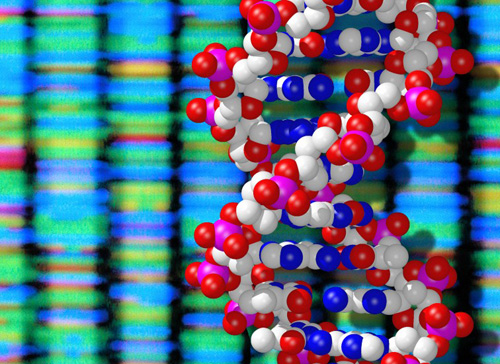Different types of medicines
There are many different types of medicines available to us today, some of which cure diseases while others make us feel better and able to carry on with our lives. They include:
- Medicines which destroy infectious organisms, e.g. antibiotics.
- Medicines which relieve symptoms but do not destroy pathogens, e.g. different kinds of pain killers such as ibuprofen, paracetamol.
- Medicines which destroy cancer cells. Anticancer medicines are often given in combination, e.g. mitomycin, ifosfamide and cisplatin (MIC).
- Medicines which change the chemistry of the blood eg statins which help reduce cholesterol levels.
- Medicines which replace missing chemicals in the blood, e.g. insulin.
- Personalised medicines are medicines which are prescribed using information from studies of the human genome to identify the best medicine to use for a particular genotype. Particular groups of people, or particular types of cancers, will be given specific drugs. Medicine will be stratified so that everyone gets the medicine which will works best for them based on genetic information rather than trial and error. Not only will this mean people are treated more successfully but also the risk of unpleasant side effects will be kept to a minimum.

As our understanding of the human genome grows it may be possible to produce personalised medicines for everyone
Courtesy: Peter Artymiuk/Wellcome Images
Antibiotic
Medicine that acts against
bacterial infections. Penicillin is an example of an
antibiotic.
Antibody
Protein that is produced by
lymphocytes (white blood cells) and that attaches to a
specific antigen.
Antigen
Molecule on the surface of a
pathogen that identifies it as a foreign invader to the
immune system.
Bacteria
Single-celled organism. Has a cell
wall, cell membrane, cytoplasm. Its DNA is loosely-coiled in
the cytoplasm and there is no distinct nucleus.
Biotechnology
The use of biological organisms or
enzymes to create, break down or transform a material
Dissect
To cut apart, or separate, tissue
especially for anatomical study.
Exponential growth
If something is growing
exponentially the larger the quantity gets, the faster it
grows
Fungus
Micro-organism that can grow in
long tubes called hyphae or as single cells. Fungi have a
nucleus, cytoplasm and a cell wall.
Herd immunity
If a high percentage of a
population is immune to a disease the disease cannot be
passed on because it cannot find new hosts.
HIV/AIDS
Infection caused by the human
immunodeficiency virus (HIV). It attacks and destroys the
immune system.
Hybridoma
Hybridoma cells are formed by
fusing a specific antibody-producing cell with a type of
cancer cell that grows well in tissue culture
Immune system
The body's natural defence
mechanism against infectious diseases.
Immunisation
A process which gives immune
resistance to a particular disease. The human or animal is
exposed to a harmless antigen in order to raise antibodies
and provide an immune memory.
Lymphocyte
A type of white blood cell that
make antibodies to fight off infections.
Macrophage
A type of white blood cell that
consumes dead pathogens that have been killed by
antibodies.
Parasite
Organism that feeds off another
living host and causes it some damage. An example of a
parasite is a tapeworm that lives in the digestive system of
a host organism.
Pathogen
A micro-organism that causes
disease.
Phagocyte
Phagocytes are the white blood
cells that protect the body by ingesting harmful foreign
particles, bacteria, and dead or dying cells.
Protein
A polymer made up of amino acids
joined by peptide bonds. The amino acids present and the
order in which they occur vary from one protein to
another.
Protozoa
Protozoa are one-celled
animals
Spore
A spore is a reproductive
structure that is adapted for dispersal and surviving for
extended periods of time in unfavourable conditions.
Toxin
A poisonous or toxic substance -
produced by pathogens.
Vaccination
A small amount of dead or weakened
pathogen is introduced into the body. It prepares the immune
system to prevent future infections with the live
pathogen.
Vaccine
Medicine that contains a dead or
weakened pathogen. It stimulates the immune system so that
the vaccinated person has an immunity against that particular
disease.
Virus
The smallest of living organisms.
Viruses are made up of a ball of protein that contains a
small amount of the virus DNA. They can only reproduce after
they have infected a host cell.
Efficacy
How well the drug works











